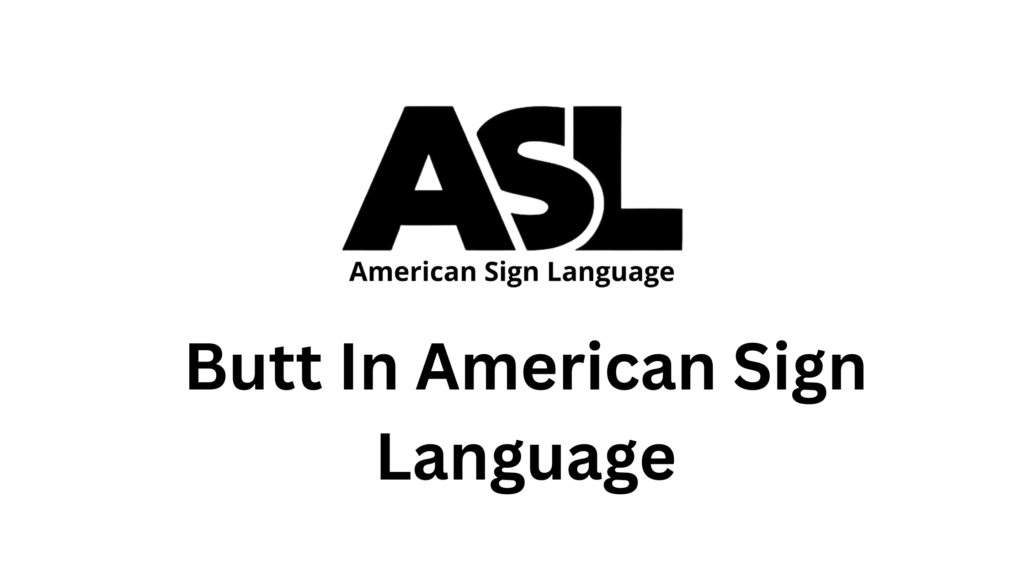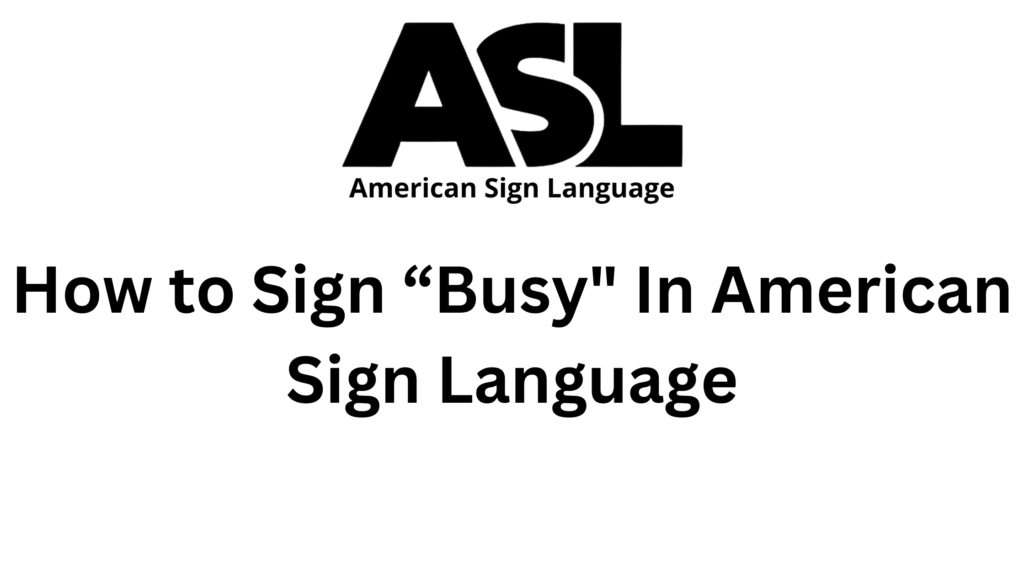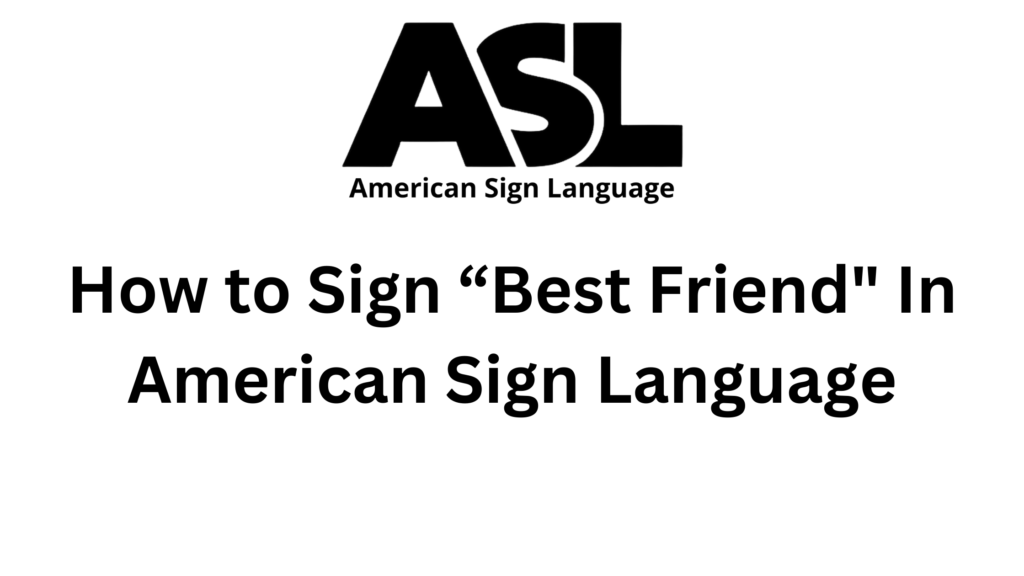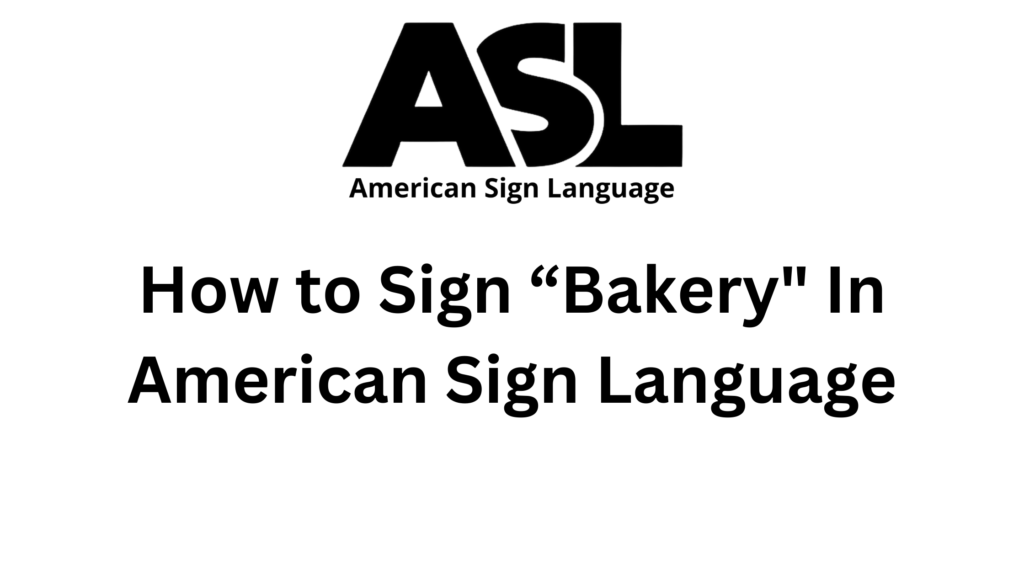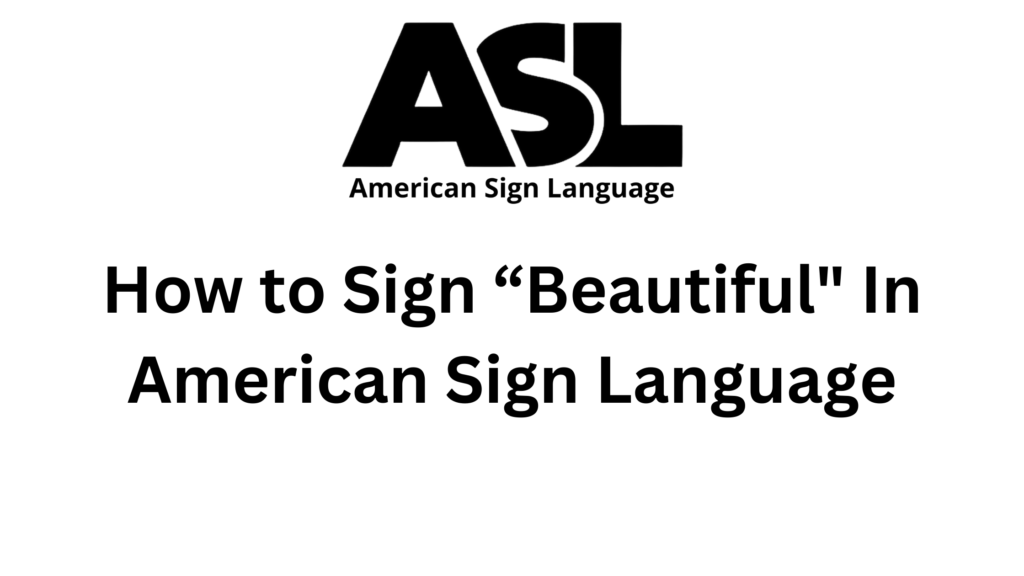Introduction to “Bless” in ASL
American Sign Language (ASL) is a rich and expressive language used by the Deaf community in the United States and parts of Canada. Learning how to sign “bless” in ASL is a great way to connect with others and show respect. The sign for “bless” is commonly used in various contexts, including religious settings, everyday conversations, and when wishing someone well. This guide will provide you with all the information you need to sign “bless” correctly and confidently.
Basic Handshape and Orientation of “Bless”
To sign “bless” in ASL, you need to start with the correct handshape and orientation. Here’s how you begin:
- Handshape: Use both hands with open palms and fingers straight.
- Orientation: Your palms should face downwards.
Understanding these basics will help you form the correct sign for “bless.”
Step-by-Step Signing Instructions for “Bless”
Now that you know the basic handshape and orientation, let’s go through the step-by-step instructions for signing “bless.”
- Position Your Hands: Raise both hands to chest level with open palms facing downwards.
- Move Your Hands: Start with your hands near your mouth, then move them outward and down in a gentle arc. This motion mimics the idea of giving a blessing or bestowing good wishes.
By following these steps, you will be able to sign “bless” accurately.
Facial Expressions and Non-Manual Markers for “Bless”
In ASL, facial expressions and non-manual markers (NMMs) are essential. They add meaning and context to your signs. When signing “bless,” consider these expressions:
- Neutral Expression: Use a neutral facial expression for general blessings.
- Smiling Expression: Smile slightly if you are offering a warm or happy blessing.
- Serious Expression: Use a more serious expression if the context is solemn or reverent.
These facial expressions help convey the appropriate tone and context of your message.
Common Variations and Regional Differences for “Bless” Sign Language
ASL, like any language, can have regional variations. The sign for “bless” might differ slightly depending on where you are.
- Standard Sign: The steps described above are widely accepted.
- Regional Variations: In some areas, people might use a different handshape or movement. For example, some might place their hands together in a prayer-like position before making the blessing motion.
Being aware of these variations can help you better understand and communicate with people from different regions.
Practicing and Politeness for “Bless” Sign Language
Practice is key to becoming fluent in ASL. Here are some tips for practicing the sign for “bless”:
- Practice Daily: Make it a habit to practice signing “bless” every day.
- Use a Mirror: Sign in front of a mirror to check your handshape and facial expressions.
- Sign with Friends: Practice with friends or family members who know ASL.
Being polite in ASL also involves using the correct signs and showing respect for the culture. Always be mindful of your facial expressions and body language.
Using “Bless” in Everyday Situations
Knowing how to sign “bless” is useful in many everyday situations. Here are a few examples:
- Wishing Someone Well: “Bless you” when someone sneezes.
- Offering a Blessing: “I bless you with peace and happiness.”
- In Religious Settings: “May God bless you.”
Using the sign for “bless” in different contexts helps you become more comfortable and fluent in ASL.
Additional Signs for “Bless”
To expand your ASL vocabulary, here are some additional signs related to “bless”:
- Thank You: Place your dominant hand with fingers together on your chin and move it forward.
- Peace: Make the sign for “good,” then bring both hands together and move them downward.
- Happiness: Use both hands to make circular motions in front of your chest, with a happy facial expression.
Learning these additional signs will give you a broader understanding of ASL and make your communication more versatile.
Cultural Considerations of “Bless” in ASL
Understanding the culture behind ASL is important. The Deaf community values clear and expressive communication. Here are some cultural tips:
- Respect the Language: Always strive to use ASL correctly and respectfully.
- Engage with the Community: Participate in Deaf events and practice signing “bless” and other words with native users.
- Be Patient: Learning a new language takes time. Be patient with yourself and others.
By considering these cultural aspects, you will become a more respectful and effective communicator in ASL.
Conclusion of “Bless”
Signing “bless” in ASL is a valuable skill that enhances your ability to communicate with the Deaf community. By understanding the basic handshape, orientation, and facial expressions, you can accurately sign “bless.” Remember to practice regularly and be mindful of cultural considerations. With dedication and practice, you will become more proficient in ASL.
For more information on learning ASL and other signs, visit our homepage.


